Neptune Statistics
| Planetary Symbol: |
 |
Name in Roman/Greek Mythology: |
Neptune/Poseidon |
| Diameter: |
49,493 km (30,760 miles) |
Rotation Period about Axis: |
17.24 hrs |
| Mass: |
102.4x10^24 kilograms (17.2 x Earth's) |
Revolution Period about the Sun: |
165 years |
| Density: |
1,638 kg/m^3 |
Tilt of Axis: |
29o 36" |
| Minimum Distance from Sun: |
4.46 billion km
(2.77 billion miles) |
Surface Gravity: |
11 m/s^2 (1.12 x Earth's) |
| Maximum Distance from Sun: |
4.54 billion km
(2.82 billion miles) |
Temperature at Cloud Tops: |
-210o C ( -346o F) |
| Orbital Semimajor Axis: |
30.07 AU (Earth=1 AU) |
Average Cloud Top Temperature (K): |
63K |
| Minimum Distance from Earth: |
4.3 billion km
(2.68 billion miles) |
Satellites/Rings: |
known moons, faint rings |
 Neptune Image Archive
Neptune Image Archive
 Comparative Planetary Statistics -- in table form
Comparative Planetary Statistics -- in table form
 Comparative Orbital Statistics -- in table form
Comparative Orbital Statistics -- in table form
 Actual Distance to Earth
Actual Distance to Earth
You might also be interested in:

What types of instructional experiences help K-8 students learn science with understanding? What do science educators teachers, teacher leaders, science specialists, professional development staff, curriculum designers, school administrators need to know to create and support such experiences?
...more
Poseidon was the Greek god of the sea and earthquakes. Poseidon was depicted as a bearded man with long hair, holding a trident. He had a very bad temper. The symbol of Poseidon's power was the three pronged
...more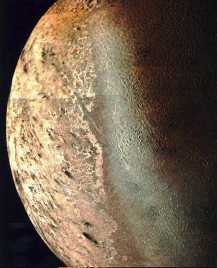
Neptune has // Call the moon count function defined in the document head print_moon_count('neptune'); moons. It also has rings, but its rings are different from Saturn's. Neptune's largest moon is named
...more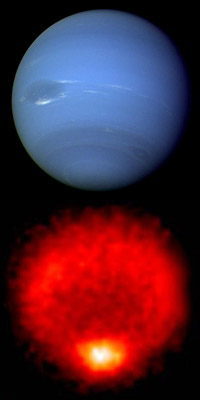
The South Pole of the planet Neptune is a bit strange. Triton, Neptune's largest moon, also has interesting poles. Neptune is tilted on its axis by about 28°. That isn't so strange... Earth is tilted,
...more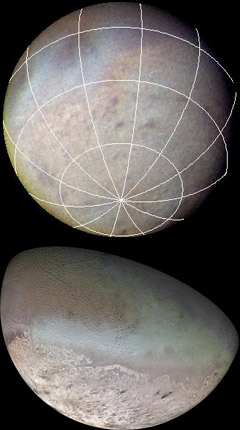
Triton is the largest moon of Neptune. It is a very odd moon. The poles of Triton are especially interesting. Triton has a polar ice cap at the South Pole. Earth has ice caps at its poles too. On Earth
...more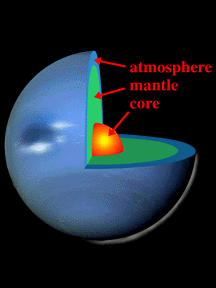
The Giant planets do not have the same kind of layers inside that the Earth-like planets do. The history of the giant planets was so different that they formed with much more gas and ice on the inside.
...more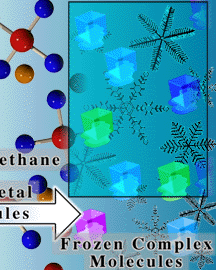
The atmosphere of Neptune is a lot like that of Uranus, and unlike that of Saturn and Jupiter. On Jupiter and Saturn, the atmosphere is mostly made of the simple molecules hydrogen and helium. The atmosphere
...more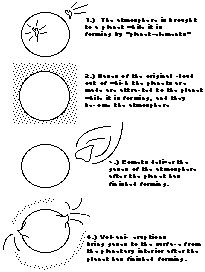
There are four ideas for where the atmosphere comes from: 1. that the planet-elements which made the planets made the atmosphere too, 2. that the atmosphere was drawn to the planet from the cloud out of
...more

 Comparative Planetary Statistics -- in table form
Comparative Planetary Statistics -- in table form
 Comparative Orbital Statistics -- in table form
Comparative Orbital Statistics -- in table form


 Neptune Image Archive
Neptune Image Archive











